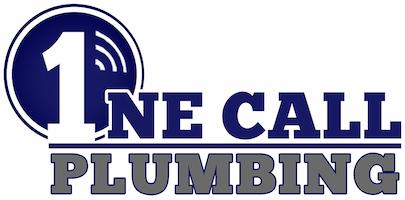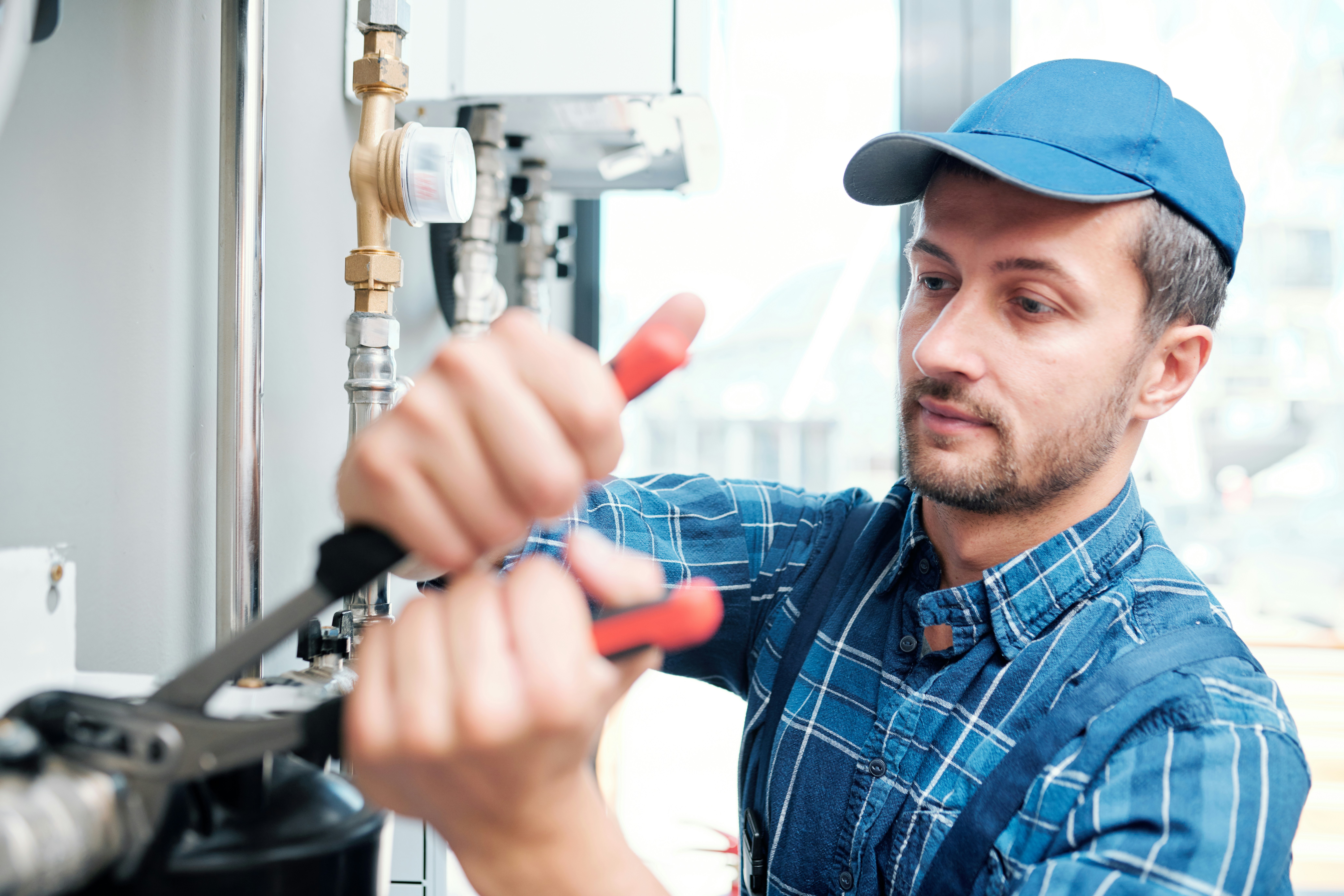Maintaining the drainage systems for cleaning drains in older properties presents unique challenges, due to the aging plumbing systems they often feature. Over time, the pipes within these structures can suffer from a range of issues, such as corrosion, build-up of sediment, and root intrusion. These problems can cause blockages and slow drainage, making regular cleaning a necessity to ensure the plumbing continues to function effectively.
When cleaning drains in these older properties, you must consider the material of the pipes. Historic plumbing may be made of cast iron, lead, or clay, each with its own vulnerabilities. For example, the use of certain chemicals to remove blockages could potentially damage older metal pipes, or the vigorous use of drain snakes could crack fragile clay pipes.
Another important consideration is the complexity of older plumbing networks, which may have been modified or expanded over many decades without comprehensive documentation. This lack of clear mapping can make identifying the source of a blockage or leak more challenging, requiring a careful and methodical approach to diagnose and address the issue without causing further damage to the system.
Historical Plumbing Methods in Older Properties
When you explore cleaning drains in older properties and overall plumbing, you’re observing the evolution of engineering over decades or centuries. Initially, lead pipes were commonly used due to their malleability and longevity; however, due to their toxicity, they were phased out.
Cast iron became a popular choice by the late 1800s for main plumbing lines, appreciated for its durability and resistance to corrosion. You might still see these in buildings from that era.
Galvanized steel pipes came into use in the early 20th century, coated with zinc to prevent rust. Over time, however, the zinc erodes, leading to rust and reduced water flow.
In the 1960s, copper pipes revolutionized plumbing, providing a durable and safer alternative to lead and galvanized steel. Copper remains popular today in modern restorations.
Table of Material Lifespan:
| Material | Typical Lifespan (years) |
| Lead | 100+ |
| Cast Iron | 75-100 |
| Galvanized Steel | 20-50 |
| Copper | 50-70 |
Your property might also have fixture-specific materials, like clay or iron for sewage lines, or soft copper for gas lines. Understanding these materials’ characteristics helps assess their longevity and potential issues.
Lastly, methods like soldering for joining pipes or oakum and lead for sealing joints were common. You might encounter remnants of these practices during repairs, indicating the era of installation and potential challenges in maintenance.
Common Issues with Aging Plumbing Systems
Aging plumbing systems in older properties often face a series of specific challenges due to years of wear and tear. Understanding these issues is crucial for preventing extensive damage and maintaining the integrity of your plumbing.
Corrosion and Pipe Deterioration
Over time, pipes made of metal can corrode, leading to leaks, reduced water pressure, and even bursts. Signs of corrosion include discolored water, noticeable stains, and leaks. Galvanized steel and copper are common materials that may exhibit rust or verdigris when they deteriorate.
- Signs to Watch For:
- Discolored water
- Leaks around joints
- Stains on ceilings or walls
Material Incompatibility
Your property may have plumbing from different eras. Mixing materials, such as connecting galvanized pipes to copper without a proper dielectric union, can accelerate corrosion.
- Best Practices:
- Use dielectric unions to prevent galvanic corrosion
- Regularly inspect connections between different piping materials
Deposits and Blockages
Older pipes often accumulate mineral deposits which can lead to clogs and compromised water flow. These blockages are most commonly found in areas with hard water. Ensuring that your pipes are free from build-up is an ongoing maintenance task.
- Common Deposits:
- Calcium: can narrow pipes, reducing flow
- Magnesium: contributes to crusty deposits, often seen on fixtures
By being aware of these specific challenges and conducting regular maintenance checks, you can help mitigate the risks associated with aging plumbing systems in your property.
Understanding the Drainage System Layout
When dealing with older properties, it’s crucial to get a clear picture of the existing drainage system layout. Drain mapping is a primary step to assess how your property’s drainage connects and functions.
- Visual Inspection: Begin with a visual assessment. Look for visible pipes, inspection chambers, and their pathways.
- Pipe Material: Your pipes may be made from a variety of materials like cast iron, clay, or PVC, which influences how they should be handled.
- Record Keeping: Check any existing property schematics or blueprints that show the original plumbing layout. Keep records of any changes or updates.
- Professional Assessment: Consider hiring a professional plumber to conduct a CCTV drain survey. This will give you a precise understanding of your drainage system’s condition.
- Identify Access Points: Locate main drains, cleanouts, and access points which might be critical during the cleaning process.
Remember, accurate knowledge of your drainage system layout is instrumental in avoiding potential damage during maintenance.
Assessment and Inspection Techniques for Old Drains
Effective inspection of old drains is crucial for diagnosing issues and determining the appropriate cleaning methods. Advanced techniques allow you to understand the condition of aging plumbing systems.
Visual Inspections
Start by looking for obvious signs of damage or wear. Check for:
- Discoloration
- Visible cracks
- Signs of water damage around the drain area
Note: Leaks or unusual changes in the structure around pipes might suggest deeper issues.
Use of Drain Cameras
A drain camera is an essential tool for inspecting old plumbing systems. Your steps should include:
- Inserting a flexible rod with a high-resolution camera into the drain.
- Guiding the camera to capture live footage of the drain’s interior.
- Looking for blockages, build-ups, breaks, or corrosion inside the pipe.
Important: Drain camera inspections should be conducted by professionals to avoid further damage to fragile pipes.
Pressure Testing Methods
Pressure testing helps identify leaks in the drain system. Here’s how you can perform this test:
- Seal the system and introduce air or water to create pressure.
- Monitor the pressure gauge for drops, which indicate leaks.
Caution: Too much pressure can damage old pipes, so it’s crucial to conduct this test carefully.
Cleaning Drains in Older Properties
Maintaining aging drains requires careful selection of cleaning techniques to ensure the integrity of old pipes is not compromised.
Mechanical Cleaning Methods
For immediate blockage removal, mechanical cleaning is a reliable approach. You can use a plumber’s snake or auger to dislodge clogs. When using these tools, insert them slowly to avoid damaging fragile pipes.
Chemical Solutions
Utilize chemical cleaners designed for older systems. Avoid harsh chemicals as they can corrode old pipes. Look for products with labels indicating they’re safe for use in aging plumbing. Always follow the instructions to ensure effective and safe application.
Hydro-Jetting
Hydro-jetting uses high-pressure water to clear drains. It is effective but must be used with caution on old pipes to prevent damage. Ensure a professional assesses the condition of your pipes to determine if hydro-jetting is appropriate for your system.
Considerations for Cleaning Agents and Equipment
Choosing the right cleaning agents and equipment for aging plumbing in older properties is crucial for both the effectiveness of the clean and the preservation of the pipes.
Chemical Safety
Use of Chemicals: You must check the compatibility of chemical cleaners with your plumbing materials. Older pipes may be more susceptible to damage from harsh chemicals.
- Precautions: Always wear protective gear such as gloves and goggles when handling chemical cleaners to prevent injury.
Equipment Suitability
Selecting Tools: Use equipment that is appropriate for the diameter and material of your pipes. For example, if you have narrow cast iron pipes, avoid using large, motorized augers that could cause cracks.
- Inspection Cameras: Consider investing in an inspection camera to assess the condition of the pipes before selecting the cleaning method.
Environmental Impact
Eco-friendly Options: Look for biodegradable and non-toxic cleaners to reduce environmental harm. These products are less likely to cause issues for wastewater treatment and local ecosystems.
- Disposal: Ensure proper disposal of any waste from the cleaning process, following local regulations to minimize environmental damage.
Maintenance Strategies to Prevent Future Issues
Effective maintenance strategies are key to ensuring your older property’s aging plumbing remains functional and to prevent future issues. By adopting regular cleaning schedules, proactive pipe repair, and upgrade plans, you can mitigate common complications associated with older plumbing systems.
Regular Cleaning Schedules
By establishing regular cleaning schedules, you’ll avoid accumulations that could lead to clogs and corrosion over time.
- Weekly: Run hot water down the drains to help clear out grease and soap build-up.
- Monthly: Use a non-corrosive, enzyme-based drain cleaner specifically designed for older pipes to help break down organic matter without damaging the plumbing.
Proactive Pipe Repair
Stay ahead of critical failures with proactive pipe repair. Vigilantly watching for signs of leaks, such as water stains or musty odors, allows you to address issues before they escalate.
- Inspection: Have your plumbing inspected annually by a professional to identify weak points or potential problems.
- Immediate Response: If you detect minor leaks or drops in water pressure, don’t delay repairs, as these may be precursors to larger breakdowns.
Upgrade and Modernization Plans
Creating a long-term upgrade and modernization plan can be cost-effective. Such a plan enables phased improvements that are less disruptive than a complete overhaul.
- Assessment: Hire an expert to determine which sections of your plumbing are at most risk and prioritize those for replacement.
- Material Selection: Opt for modern materials like PVC or PEX that offer durability and are less prone to corrosion or scaling.
- Budgeting: Set aside a portion of property maintenance funds annually for these upgrades to lessen the financial impact over time.
Legal and Regulatory Compliance
When cleaning drains in older properties, you need to consider various legal and regulatory factors. Ensure you’re aware of these to avoid penalties and ensure safety.
Local Building Codes: Your drainage system modifications must comply with local building codes. These codes dictate specifications for pipe sizes, materials, and installation methods.
Permit Requirements: Before starting any work, check whether you need a permit. Major plumbing work often requires authorization from local authorities.
Environmental Regulations: Be mindful of regulations on the disposal of waste and chemicals. Improper disposal can result in significant fines.
- Safe Practices:
- Use only approved chemicals.
- Dispose of waste correctly.
Historical Preservation: If your property is designated as historical, there may be strict guidelines governing alterations. Ensure you understand these restrictions to prevent legal action.
Health and Safety Standards: Adhering to OSHA standards is crucial to protect workers and inhabitants from health hazards.
- Standards to follow:
- Proper ventilation.
- Personal protective equipment (PPE) usage.
Remember, non-compliance can lead not only to legal repercussions but also to increased costs and project delays. Stay informed and diligent.
Hiring Professional Services for Cleaning Drains in Older Properties
When dealing with older properties, hiring experienced professionals for drain cleaning can prevent further damage to aging plumbing systems.
Vetting Service Providers
Before selecting a drain cleaning service, research the provider’s credentials and experience. Look for licensed and insured companies with a proven track record in dealing with older plumbing systems. Check online reviews and ratings, and consider asking for references from past clients. Confirm that they have the appropriate tools and techniques to handle delicate pipes and the expertise to diagnose issues specific to aging systems. Ensure that the service provider is aware of and adheres to local building codes and regulations related to heritage properties, if applicable.
Understanding Service Costs
The cost of professional drain cleaning services can vary widely. Request itemized estimates in writing to understand what you are paying for. Here’s a breakdown of factors that can affect pricing:
| Factor | Description |
| Initial Service Call Fee | This covers the technician’s visit and assessment of your plumbing system. |
| Type of Service | Costs may differ based on whether you need routine maintenance, a complex clog removal, or emergency services. |
| Extent of Cleaning Needed | Extensive cleaning or repairs, especially in older systems, can increase costs. |
| Technology Used | Advanced techniques like video inspections may result in additional charges. |
Beware of unusually low quotes as they may not include all necessary services or may indicate a lack of experience with older plumbing. Always clarify if the pricing includes a guarantee on the work provided.
Conclusion
When tackling drain cleaning in older properties with aging plumbing systems, you must approach the task with careful consideration. Your strategy should focus on the gentlest methods first, avoiding harsh chemicals that can exacerbate existing pipe damage.
Key Takeaways:
- Use a plunger or plumber’s snake for initial attempts to clear blockages.
- Employ enzyme-based cleaners as an eco-friendly and pipe-friendly option.
Maintain regular maintenance checks to prevent severe blockages and to preserve the integrity of your plumbing system for as long as possible. Be aware that inspection with a camera might be beneficial to assess the state of your pipes without invasive procedures.
Remember, if you encounter persistent issues or are unsure about how to proceed, consulting a professional is your safest bet. Licensed plumbers have the expertise to handle delicate systems and can offer solutions tailored to your property’s specific needs.
By adopting these practices, you ensure the longevity and functionality of your home’s aging plumbing while mitigating the risk of costly repairs. Aim to be proactive in your maintenance efforts and stay informed on the best practices for dealing with these systems.
Get in touch for plumbing advice and cleaning drains in older properties.



